Where It Hurts - An Orthopedic Assessment
Posted on: September 5, 2014
When it comes to massage therapy, practitioners are being called upon to treat injury and pain conditions. In some cases, they act as the main provider. This gives more benefits to massages but a terrific amount of responsibility to massage practitioners. Giving orthopedic assessments becomes essential to give the best massages on the job. Oftentimes, people misunderstand the concepts of assessment and diagnosis, so they avoid learning about it. Assessment skills could be defined as a systematic approach to gathering information and making an informed decision about treatment. An orthopedic assessment gathers information, and you cannot be effective at massaging your clientele without a certain level of assessment. For example, if you feel a tight area in the muscle tissue of your client, your training will naturally help you try to reduce the tension in that area. In one manner, you have given an assessment using palpitation and chosen a course of action based upon the current tissue state of your client. Assessment skills have been growing in importance. Numerous studies indicate that people desire alternative medical approaches to treat physical problems. For a lot of cases, people visit their massage therapists before seeing a primary care provider because they do not want the large bills associated with medical care. While this might give greater opportunity to massage therapists, it is essential to never forget the responsibility that comes with it. Orthopedic assessments are also important because they determine if the individual's condition should be worked on in massage therapy. Additionally, if it has been determined, then the type of soft tissue work needs to be determined to be the most effective. For some situations, a specific massage may be the most beneficial and another could be harmful. While learning new massage techniques can improve your skills, one of the greatest methods to powerfully impact your ability would be to treat pain and injury issues from the study of an orthopedic assessment.


